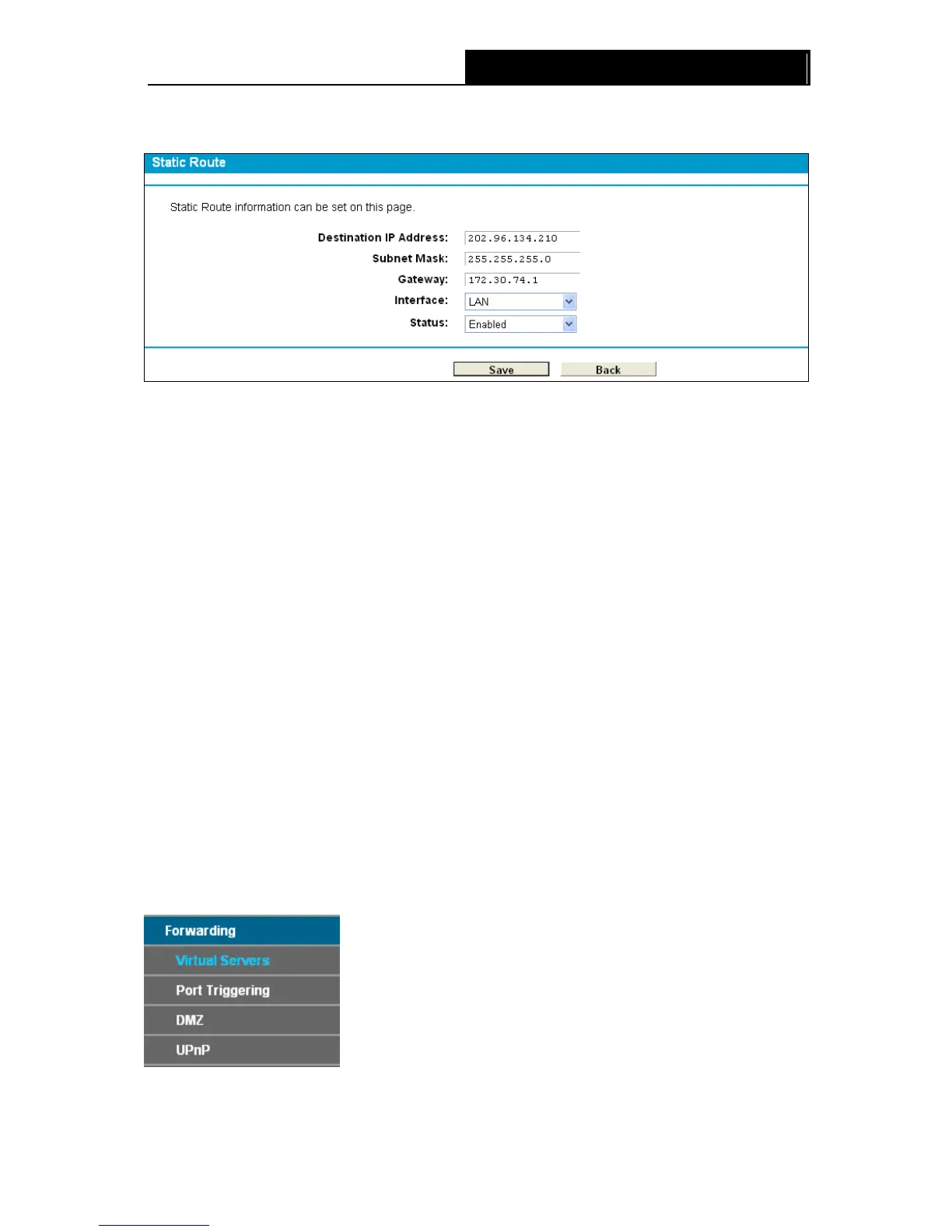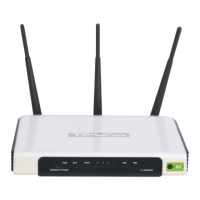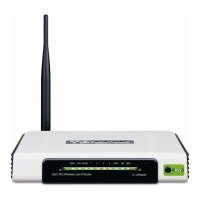1. Click the Add New button in Figure 4-81, and you will see the screen as shown in Figure
4-82.
Figure 4-82
2. Enter the following data:
Destination IP Address: The Destination IP Address is the address of the network or host
that you want to assign to a static route.
Subnet Mask: The Subnet Mask determines which portion of an IP Address is the network
portion, and which portion is the host portion.
Gateway: Here you should type the Gateway address correctly, and the option for
Interface will adopt the default Gateway address for the Static Route.
Interface: Select the Interface name in the text box, or else, the default Use Interface will be
adopted for the Static Route.
Status: Select Enabled or disabled from the drop-down list.
3. Click Save to save your settings as shown in Figure 4-82.
To modify or delete an existing entry:
1. Find the desired entry in the table.
2. Click Edit as desired on the Edit column.
Click the Enable/ Disabled Selected button to make selected entries enabled/ disabled.
Click the Delete Selected button to delete selected entries.
4.12 Forwarding
There are four submenus under the Forwarding menu: Virtual Servers, Port Triggering, DMZ
and UPnP. Click any of them, and you will be able to configure the corresponding function.
80

